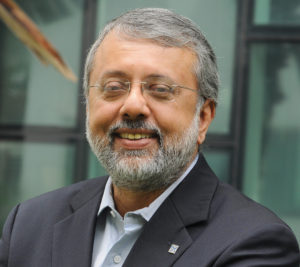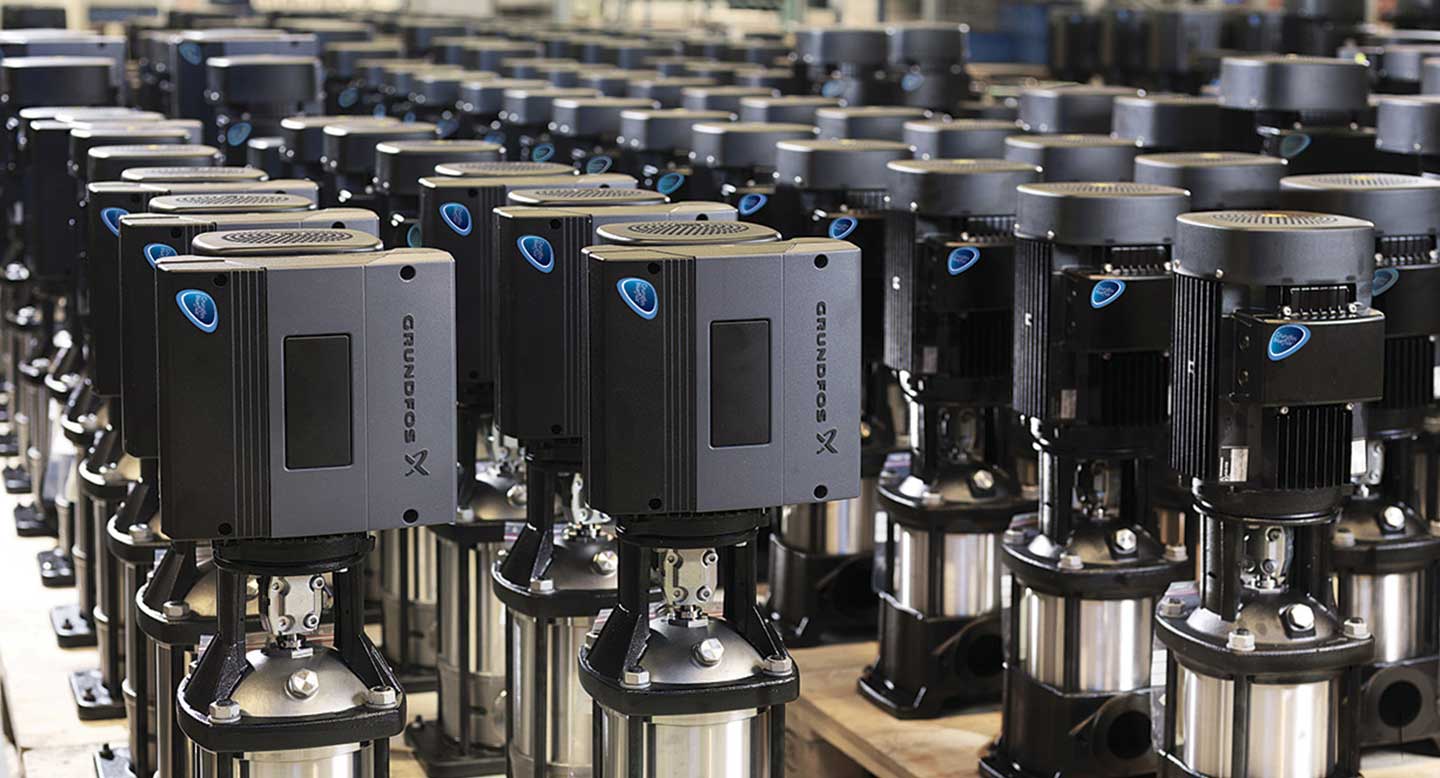Last fiscal, NK Ranganath, managing director, Grundfos Pumps India, was focused on enhancing operational efficiency and fine-tuning the product portfolio to improve profit margins. This year, he believes will mark the beginning of a growth phase to touch Rs. 800 crores in revenue by 2020.

GRUNDFOS PUMPS INDIA
With a strong focus on improving its bottom-line, Grundfos Pumps India, a company that was setup in 1998 as a 100 per cent subsidiary of Grundfos Denmark, is certainly headed in the right direction of the chart. Satisfied with the progress made in 2015, N K Ranganath, the company’s Managing Director in India says, “We have done well and the result is evident in our profit margin.” The company looked at simple things like not printing instruction manuals(replacing it with e-manuals) and changing its packaging, to name a few measures the company took to make it a lean organisation.
Not just this, it also revisited the type and the quantity of input materials being used and decided to standardize it. “We are not talking about crucial inputs like the working pieces of a pump, but more like the nuts and bolts which we use a lot. We changed things that were not standardized without compromising on quality,” states he. Not just this, the company also fine-tuned its product mix, getting rid of categories which were not profitable.
With this streamlining in place, Grundfos is on track to pursue its goal of reaching a turnover of Rs. 800 crore in the next four years. However, it is treading slowly in 2016 too,as it is continuing its focus of weaning out unwanted processes and products, resulting in reduction in its operational cost and improving its bottom-line. “We want to ensure that we pay our vendors on time, don’t have to borrow and have good cash inflows,” says he. By the end of this year, Grundfos India aims to have its plans in place for 2017 which it envisages to be a growth phase. It will involve more localization and launch products that are more appropriate for the country.
On a right note
“The government’s Make in India initiative is certainly crucial for India to grow. We cannot just depend on the services industry,” states Ranganath. The aim of raising the contribution of the manufacturing sector to 25 per cent of the GDP by 2020 (China is almost 30 per cent of GDP) is very important for sustainable real growth of our assets. However, he is doubtful of whether this will create a 100 million jobs by 2022 (which is another goal of the Make in India initiative). “The jobs that are going to be created will be more cognitive jobs. While there will be requirement for hand skills, the type of skills we may need a few years from now will be very different,” he says. With advancements in robotics, electronics and manufacturing technology, chances are, the more mundane repetitive jobs will be done by machines.
Therefore, to create a large number of jobs in the manufacturing sector, it is important for our manufacturing leaders to have the foresight to skill people for our future needs, rather than today’s skill gaps. “But, this is easier said than done. Reality is, there will always be a lag. But, we must look forward and also train for skills of the future,” explains Ranganath.
Taking its first step
Ranganath agrees that the company hasn’t contributed much to the Make in India initiative, but Grundfos did start localizing its manufacturing processes out of necessity. However, now, it is taking its first step towards truly making in India. It has designed and is testing pumps for the mass market running purely on solar.
It is made for areas where availability of power is inconsistent. While it will pump water just about enough for a family of two, its main idea is to ensure that it is affordable and reliable at the same time. “Everything was designed and prototyped by Grundfos India, keeping the realities of our country in mind. We are likely to release it during the third quarter of this calendar year,” states Ranganath.
Commenting about India’s production output, he says, “Almost all manufacturing companies increased their production capacity about three years ago, thinking everything will be smooth.” Now most companies are operating between 65 per cent to 75 per cent of their capacity and once the demand picks up, they will fill up their capacity before considering expansion.
Generating employment
“Large factories were never great employers. The MSME segment is the one that is crucial for job creation,” believes Ranganath. While most global companies automate and have more knowledge workers, it is the MSME segment that’ll have to grow and create more jobs. Other areas where employment will go up are shared services like logistics, accounts, security and housekeeping.
From a skill building standpoint, the company trains its people internally to ensure that their skills are not redundant. It also encourages its employees to upgrade their skills to the level that they want to. For instance, two of its shopfloor technicians did their engineering while working for the company. It also encourages its employees become entrepreneurs, if they have the interest. Citing an example, Ranganath says that one employee took up the franchisee for a Grundfos service center, while another one became a dealer.
Going forward
Technology is advancing day by day and is changing the way production is done. However, there are issues holding the manufacturing sector from progressing the way it should. “Lack of adherence to processes and general indiscipline that exists has to change. People should take up accountability for what they do,” opines Ranganath. This apart, while the macro numbers are good, what is truly holding us back is the age old red tapisim seen in our country. “The central government is trying to remove this, but it is going to take longer as this has been happening for over 60 years,” opines he. Unless this happens, the country is unlikely to tap its true potential and advance the way it should in the manufacturing segment.





